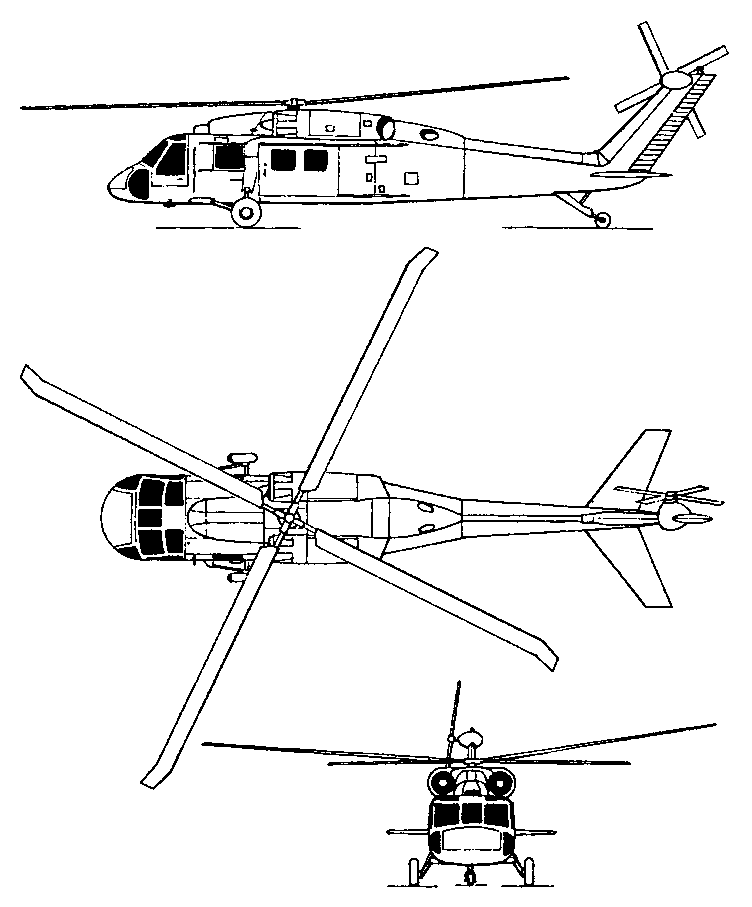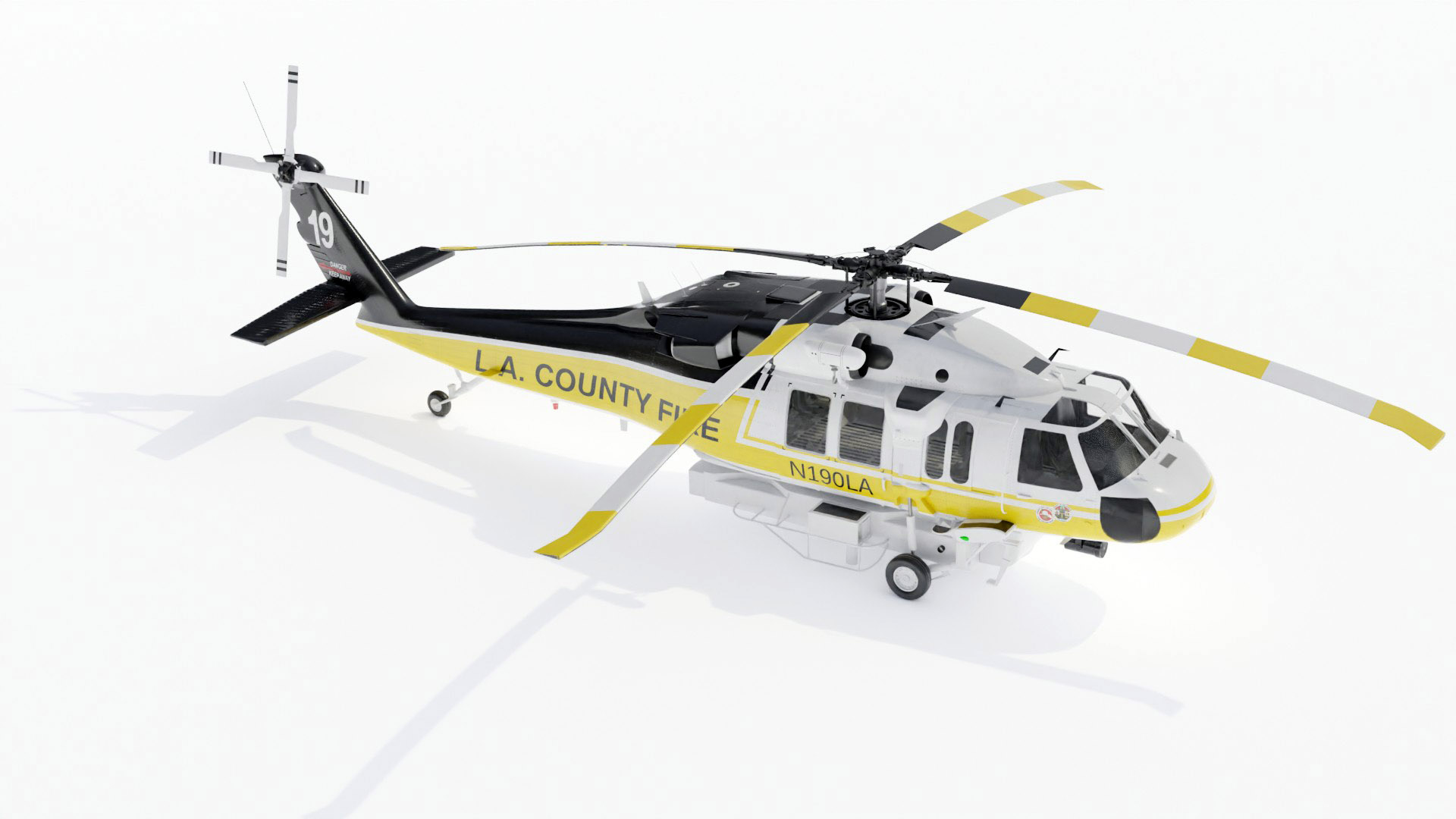The Sikorsky S 70 Helicopter: A Deep Study Its Design and Performance
The Sikorsky S 70 Helicopter: A Deep Study Its Design and Performance
Blog Article
Modernized Vertical Lift System With Advanced Composite Structures and Boosted Precaution
In the world of upright lift platforms, a substantial shift in the direction of modernization has been observed, driven by the assimilation of advanced composite structures and increased safety and security steps. In discovering the convergence of innovation and security in modern-day lift platforms, an engaging story arises, showcasing the capacity for transformative improvements that provide to the ever-evolving needs of commercial markets.
Evolution of Vertical Lift Platforms

The advancement of upright lift platforms can be mapped back to basic sheave systems and early lift designs. With time, developments such as hydraulic systems, electric motors, and advanced control mechanisms have significantly enhanced the efficiency and security of these systems. Producers have actually additionally concentrated on enhancing the security, reach, and load-bearing abilities of vertical lift platforms to fulfill the varied demands of different markets.
Additionally, the assimilation of wise technologies like sensing units, IoT connectivity, and automation functions has actually further changed the capacities of modern vertical lift platforms. These technical enhancements not just improve functional productivity but additionally ensure increased security standards for employees utilizing these systems at various heights. The continual evolution of upright lift platforms highlights their essential role in improving vertical mobility across markets.
Integration of Advanced Composite Structures

In addition, using sophisticated composite materials permits even more complicated and maximized architectural styles, making it possible for designers to tailor the system's residential properties to satisfy details efficiency demands. This modification can result in boosted the rules of aerodynamics, decreased vibrations, and boosted general security during operation. The combination of innovative composite frameworks also contributes to a decrease in upkeep prices and downtime, as these products exhibit exceptional resistance to ecological variables and have a longer life span contrasted to standard products. In general, the incorporation of sophisticated composite structures in contemporary upright lift platforms represents a significant innovation in aerospace technology, causing much more efficient, reliable, and safer airborne transport systems.
Boosted Safety Measures Application
Implementing boosted safety and security actions is critical in making sure the optimum performance and reliability of contemporary upright lift platforms. One essential facet of enhanced security steps is the assimilation of innovative sensor technologies to monitor various parameters in real-time.

Industry Applications and Benefits
With improvements in innovation and design, modernized vertical lift platforms have located varied applications across various industries, offering significant advantages in efficiency and performance. In the manufacturing industry, these platforms streamline the procedure of moving heavy materials and devices within centers, lowering hand-operated handling and improving operational performance. The construction industry gain from vertical sites lift platforms by allowing workers to access elevated locations safely and efficiently, improving general task discover this info here timelines. Warehousing and logistics companies make use of these systems to optimize storage room application and promote quicker selecting and packing processes.
Additionally, vertical lift systems play a vital function in the repair and maintenance of infrastructure such as bridges, power lines, and structures, enabling professionals to reach unattainable locations effortlessly (sikorsky s 70). The air travel industry likewise leverages these systems for airplane maintenance and setting up tasks, enhancing process performance and making certain employee security at heights. Generally, the widespread fostering of modernized upright lift systems across sectors underscores their adaptability and the substantial enhancements they bring to numerous operations
Future Trends in Lift System Modern Technology
Including sophisticated automation and intelligent functions, lift platform modern technology is positioned to revolutionize vertical transport systems in the future. One essential trend is the combination of Net of Things (IoT) innovation, making it possible for lift platforms to communicate real-time information for predictive maintenance, maximizing performance, and enhancing security. Fabricated intelligence and maker learning formulas are likewise being incorporated to analyze patterns, forecast possible problems, and improve efficiency. The usage of innovative products such as carbon fiber compounds is on the increase, providing boosted toughness and reference stamina while lowering general weight. Boosted precaution, including biometric verification and emergency situation response systems, are ending up being typical functions to ensure traveler safety and security. Furthermore, modular layouts and personalized configurations are gaining popularity, enabling better adaptability to different atmospheres and requirements. As lift platform modern technology remains to progress, these fads are readied to shape the future of upright transportation, making it much more reliable, safe, and user-friendly.
Final Thought
To conclude, the modernized upright lift platform showcases the evolution of innovation in the sector. By integrating advanced composite structures and enhanced precaution, this platform provides raised performance and safety for various applications. The market can benefit significantly from these developments, and future fads in lift platform modern technology are most likely to continue improving upon these innovations for also better success and performance.
In the realm of vertical lift platforms, a considerable shift towards innovation has been observed, driven by the integration of sophisticated composite structures and enhanced safety measures. The continuous advancement of upright lift platforms highlights their indispensable role in enhancing vertical mobility throughout sectors.

The consolidation of innovative composite frameworks in modern-day vertical lift systems has actually dramatically improved their architectural stability and performance abilities. By integrating these sophisticated composites right into the layout and building of vertical lift systems, suppliers can lower total weight, increase load-carrying capability, and boost the system's toughness and long life.
Carrying out boosted safety and security steps is necessary in making sure the ideal performance and integrity of contemporary vertical lift platforms.
Report this page